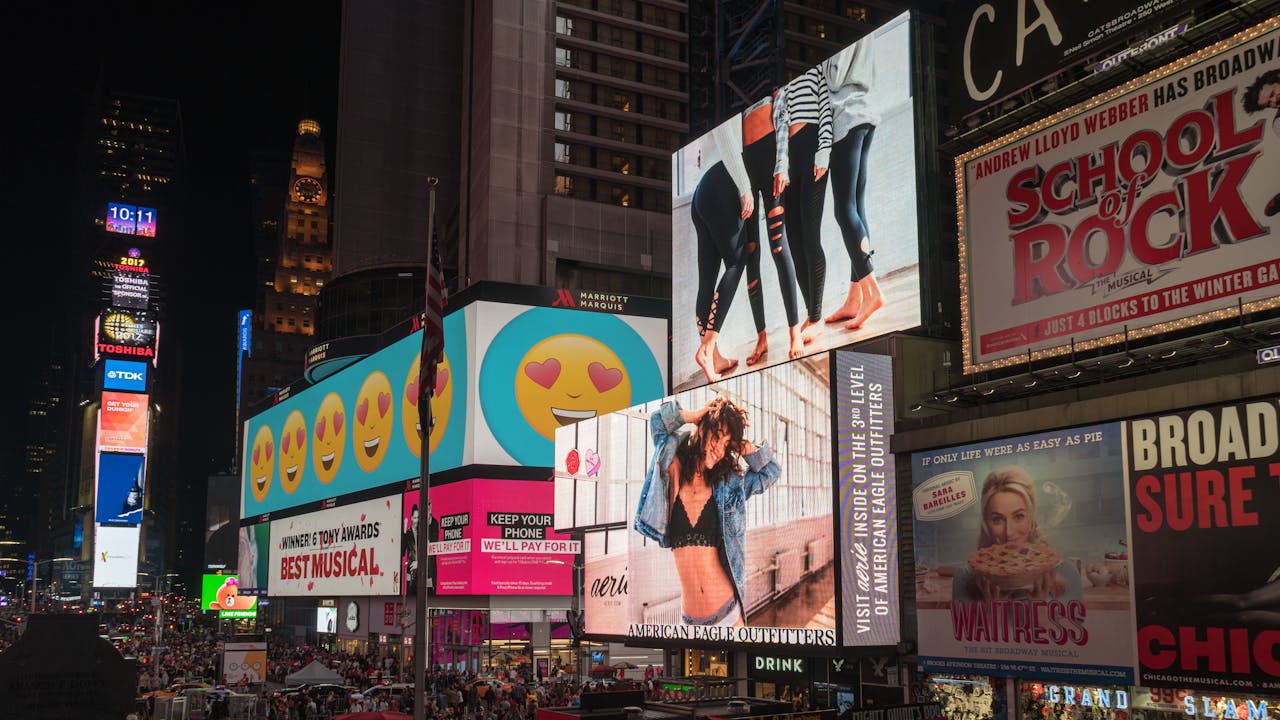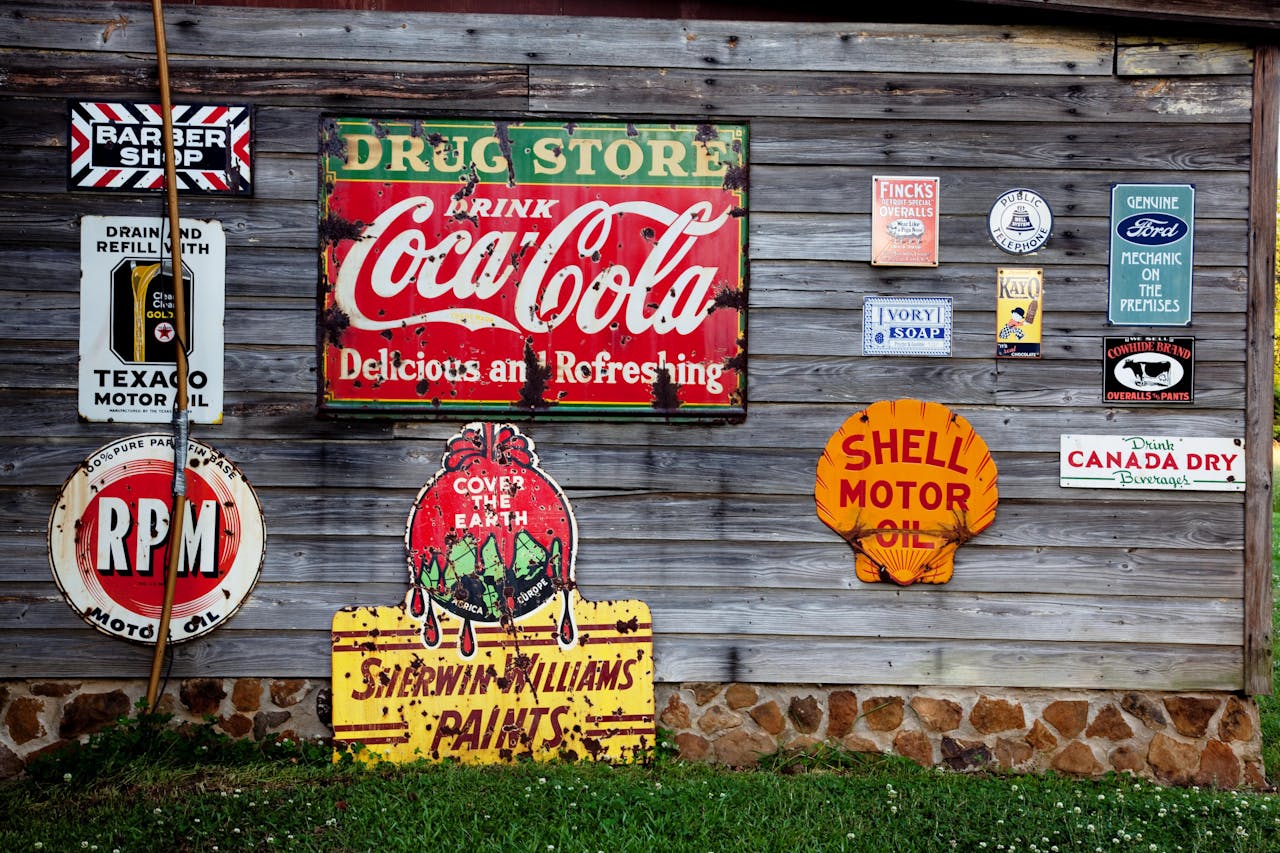If you’ve ever flipped through old magazines or watched classic TV reruns, you’ve probably seen some jaw-dropping vintage ads. These nostalgic ads might make you laugh, cringe, or even shake your head in disbelief. While they offer a fascinating glimpse into the past, many of these advertisements would never make it to print or airwaves today. Changing social norms, stricter advertising regulations, and a better understanding of health and safety have all played a role in what’s considered acceptable. For anyone interested in media, history, or even grocery shopping, looking back at these nostalgic ads is a reminder of how far we’ve come—and why it matters for the messages we see today. Let’s explore six nostalgic ads that wouldn’t be allowed today, and what we can learn from them.

1. Cigarette Ads Featuring Doctors
It’s hard to imagine now, but there was a time when cigarette companies used doctors to promote their products. These nostalgic ads often showed physicians in white coats, confidently recommending a particular brand as the “healthier” choice. The implication was that if doctors smoked these cigarettes, they must be safe. Today, this kind of advertising is strictly prohibited. The dangers of smoking are well-documented, and regulations ban any suggestion that medical professionals endorse cigarettes. The Centers for Disease Control and Prevention highlights the impact of tobacco advertising on public health, especially among young people. This shift shows how advertising standards have evolved to protect consumers from misleading health claims.
2. Gender Stereotype Household Product Ads
Many nostalgic ads from the 1950s and 1960s depicted women as the sole caretakers of the home, often in a way that reinforced limiting gender roles. These ads depicted women gleefully cleaning, cooking, or serving their husbands, often accompanied by taglines that implied a woman’s worth was tied to her domestic skills. Today, such messaging would face backlash for perpetuating outdated stereotypes. Modern advertising guidelines encourage brands to avoid reinforcing harmful gender roles and to represent diverse family dynamics. The Advertising Standards Authority in the UK, for example, has issued guidance to prevent gender stereotyping in ads. These changes reflect a broader cultural shift toward equality and respect in advertising.
3. Children Endorsing Sugary Foods
Nostalgic ads from decades past often featured children enthusiastically promoting sugary cereals, sodas, and snacks. These commercials made it seem like eating sugar-laden foods was not only fun but also a normal part of childhood. Today, regulations around advertising to children are much stricter, especially when it comes to unhealthy foods. Many countries have rules that limit or ban the use of child actors to promote products high in sugar, salt, or fat. The goal is to protect kids from marketing that could influence their eating habits and contribute to health problems like obesity. This evolution in advertising standards is a direct response to growing concerns about children’s health and well-being.

4. Weight Loss and Diet Pill Claims
In the past, it wasn’t uncommon to see nostalgic ads promising dramatic weight loss with little effort—just take a pill or use a miracle product. These ads often featured before-and-after photos and testimonials that made the results seem guaranteed. Today, such claims are heavily regulated. Advertisers must provide scientific evidence to back up health and weight loss claims, and they can’t use misleading images or language. The Federal Trade Commission (FTC) regularly cracks down on false advertising in the weight loss industry. This shift protects consumers from being misled by products that are ineffective or even dangerous.
5. Alcohol Ads Targeting Young People
Some nostalgic ads from the 1970s and 1980s used cartoon characters, bright colors, or youthful themes to market alcohol. These ads blurred the line between products meant for adults and those appealing to children or teens. Today, advertising standards strictly prohibit marketing alcohol to minors. Brands must ensure their ads are not likely to appeal to anyone under the legal drinking age. This change reflects a greater awareness of the risks associated with underage drinking and the responsibility of advertisers to market their products responsibly.
6. Unsafe Product Endorsements
Nostalgic ads sometimes promoted products that we now know are unsafe, such as lead-based paints, asbestos insulation, or even certain baby products. These ads often downplayed or ignored potential health risks, focusing instead on convenience or effectiveness. Today, consumer protection laws require advertisers to be transparent about product safety and to avoid making false or misleading claims. Regulatory agencies, such as the Consumer Product Safety Commission (CPSC), play a crucial role in ensuring that products on the market are safe for consumers. This evolution in advertising standards helps prevent harm and builds trust between brands and the public.
Why Looking Back at Nostalgic Ads Matters
Examining these nostalgic ads that wouldn’t be allowed today isn’t just a trip down memory lane—it’s a powerful reminder of how advertising shapes our beliefs and behaviors. By understanding the mistakes and missteps of the past, we can become more informed consumers and demand higher standards from the brands we support. The evolution of advertising standards shows that change is possible, and that public awareness and advocacy can lead to safer, more ethical marketing. Next time you see a nostalgic ad, think about what it says about its time—and what it teaches us about ours.
What’s the most surprising or memorable nostalgic ad you’ve seen? Share your thoughts in the comments below!
Read More
Kitchen Gadgets That Are Actually Worth Buying in 2025
How Meal Planning and Cooking Can Be Improved With a Better Kitchen
The post 6 Nostalgic Ads That Wouldn’t Be Allowed Today appeared first on Grocery Coupon Guide.







